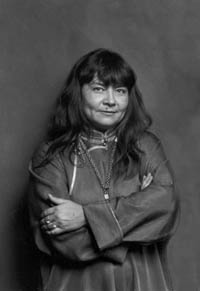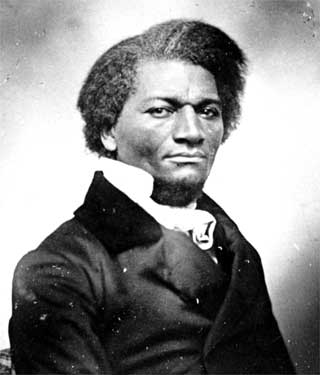Fall 2010 English 343


American Literature Survey
oral beginnings
to 1865
T/Th 12:30 - 1:45 Niccol 006
|
Fall 2010 English 343
American Literature Survey T/Th 12:30 - 1:45 Niccol 006 |
|
Glossary Unit 7: Slavery and Freedom abolition The movement to end slavery in the United States. While calls for abolition emerged form Quaker activists like John Woolman during the early 18th century and from proponents of natural rights during the American Revolution, abolitionism did not become an important political force in America until the early to mid-nineteenth century. creole A linguistic term for the phenomenon of two or more languages merging into one new languages, but it can also usefully be applied to the phenomenon of two or more distinct cultures merging to form a new culture. Combining linguistic, musical, religious, and other culture traditions from many regions of Africa with Native American, English, and other European traditions, slaves forged a dynamic culture that incorporated customs and practices from all of these places in innovative ways. In New Orleans, some African American people who are descended from European settlers--the French or Spanish--refer to themselves as creole in contrast to African Americans who are intermixed with Anglo-Americans, or cannot trace European ancestry. Cult of True Womanhood This influential nineteenth-century ideal of femininity stressed the importance of motherhood, homemaking, piety and purity. While men were expected to work and act in the public realm of business and politics, women were to remain in the private, domestic sphere of the home. domestic fiction Novels and stories that use traditional American ideals of domesticity to move readers to sympathy, and sometimes convince them of the importance of social reform. Domestic fiction usually involves sentimental plots and was written mostly by, for, and about women. Fugitive Slave Act of 1850 The passage of the Fugitive Slave Act of 1850 made even the free territory of the northern states unsafe for escaped slaves; legally, northerners were prevented from aiding, or harboring escaped fugitives. Slaves could be captured and returned to the South at any time without benefit of trial. Because slave catchers enforcing the Act collected rewards for sending slaves to the South, they sometimes seized free blacks and sold them into slavery. miscegenation Pseudoscientific term for the mixing of races, derived from the Latin words miscere (to mix) and genus (species). Nineteenth-century ideas about miscegenation backed up racist notions that conceived black, white, and Native American people as essentially physically and psychologically different from one another, contending that those differences were traceable to people's blood. Miscegenation was illegal in many states and culturally taboo throughout the US in the nineteenth century. Even though many people did not want to acknowledge it, miscegenation was not uncommon in antebellum America. slave narrative A popular autobiographical genre in which escaped slaves recount their literal and emotional journeys from slavery to freedom, often emphasizing literacy and resistance to oppression. Authors of slave narratives were primarily concerned with gaining adherents to the abolitionist cause by convincing white readers of their intelligence and humanity--and, by extension, the intelligence and humanity of all African Americans held in slavery. They usually provide details of the degradations and abuses they suffered while enslaved, although these sufferings encompass very different experiences for each writer. Sorrow Songs Also called "spirituals," Sorrow Songs were developed within African American slave culture to ease the burden of labor, articulate communal values, and provide an outlet for meaningful self-expression. Drawing on both African musical styles and western European sources, Sorrow Songs are characterized by group authorship and improvisation. tragic mulatta The figure of the practically white slave women, or "tragic mulatta," became a stock character in northern antebellum stories, novels and plays, beginning with Lydia Maria Child's short story "The Quadroons" (1842). Beautiful, virtuous, and endowed with all the graces of white middle-class "true womanhood," the tragic mulatta is usually portrayed as becoming involved with a white man whom she cannot marry because of her "single drop" of "black blood." Her story usually ends in tragedy. Underground Railroad A system of concealed trails, hiding places, safe houses, and friendly supporters, the Underground Railroad was developed by abolitionists, ex-slaves, and slaves to spirit fugitives to freedom, often in Canada. "Station masters" took enormous personal risks since providing aid to fugitive slaves was illegal. A few brave ex-slaves like Harriet Tubman even ventured back into slaves states to assist runaways. Tubman made at least nineteen trips to the South to help organize escapes, reportedly using coded slaves songs to transmit messages to slaves planning on running. |